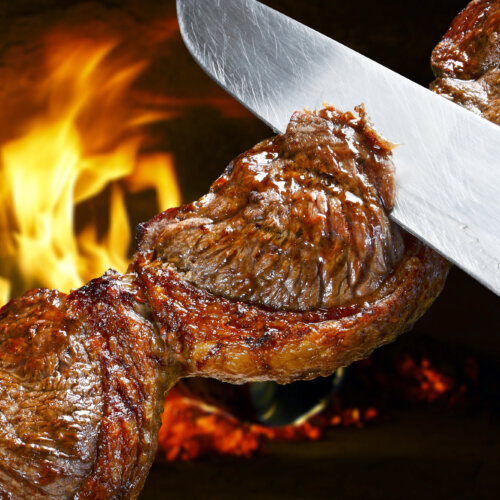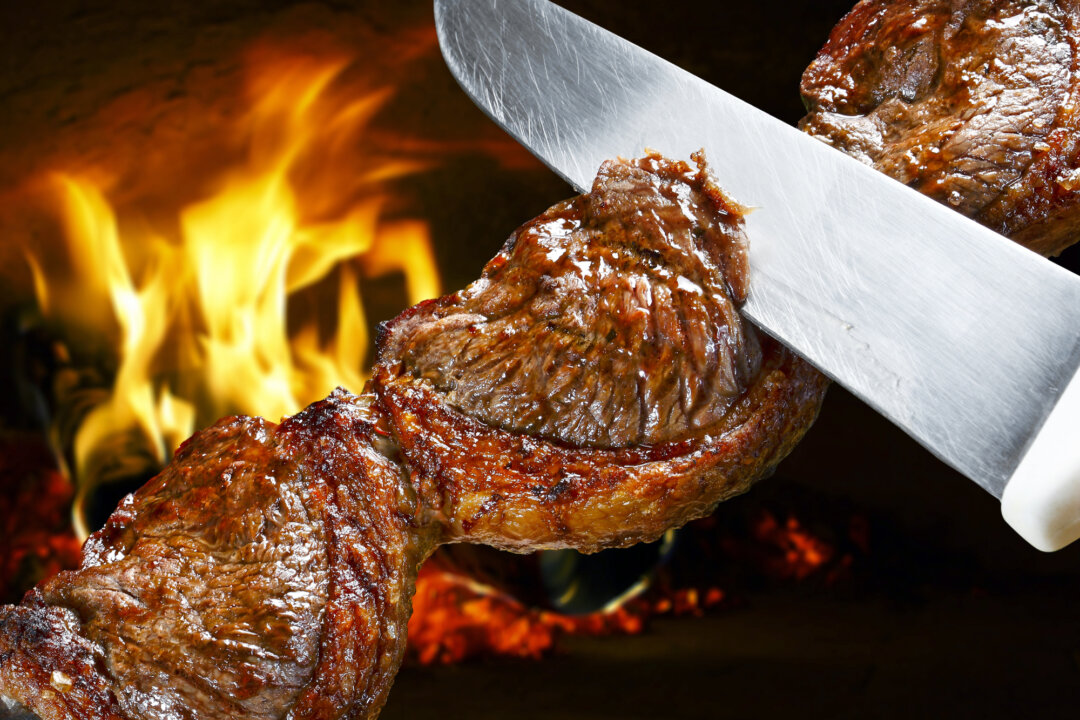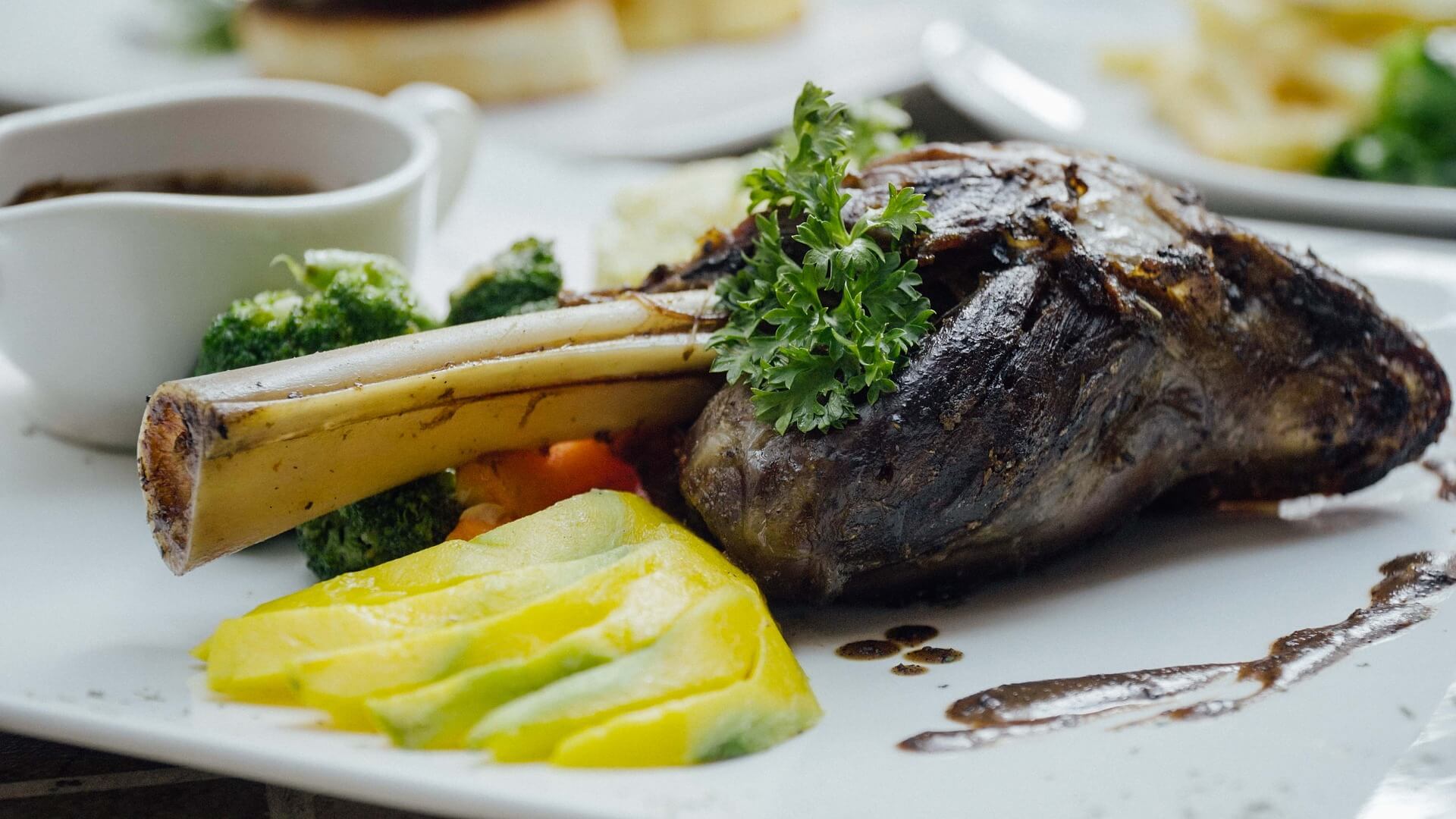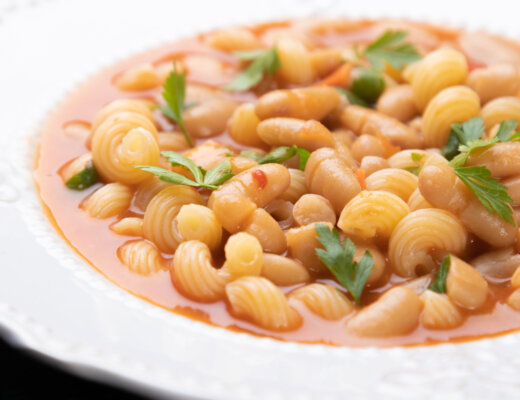Asado, the iconic national dish of Argentina, is not just a meal; it’s a culinary tradition deeply ingrained in the nation’s culture. This mouthwatering barbecue feast boasts rich flavors, juicy meats, and a delightful combination of techniques passed down through generations. In this article, we explore the history, significance, and preparation of asado, ensuring that you can prepare this Argentine masterpiece at home and savor the taste of Argentina in your own kitchen.
The History and Significance of Asado
Asado is more than just a meal; it is a time-honored tradition that has been at the heart of Argentine culture for centuries. The roots of asado can be traced back to the gauchos, Argentine cowboys, who cooked meat over open fires while herding cattle on the vast pampas. The term “asado” itself refers to the technique of grilling meat over hot coals or wood, which imparts a distinctive smoky flavor to the dish.
Asado is not merely a culinary experience; it also serves as a social event, bringing friends and family together to celebrate special occasions and embrace the joys of life. Whether it’s a weekend gathering, a national holiday, or a simple family dinner, asado plays a central role in fostering a strong sense of community and unity in Argentina.
The Key Ingredients and Meat Selection
Central to a successful asado is the choice of meat. Argentina’s abundant cattle farms provide an array of high-quality meats, making the selection process vital. The traditional cuts used in asado include the succulent short ribs known as “costillas,” tender flank steaks or “vacío,” and juicy sausages or “chorizos.”
Additionally, the seasoning is kept simple to allow the natural flavors of the meat to shine. Salt, pepper, and sometimes a sprinkle of chimichurri (a tangy herb sauce) are all that is needed to enhance the taste of the asado.
Preparing the Perfect Argentine Asado
Step 1: Building the Fire To achieve the traditional smoky flavor, start by building a wood or charcoal fire. Allow the flames to die down, leaving a bed of hot coals.
Step 2: Preparing the Meat While the fire is heating, season the meat with salt and pepper. You can marinate the meats beforehand, but purists prefer to keep it simple.
Step 3: Setting the Grill Place the meats on a traditional Argentine grill called a “parrilla” and position it above the hot coals. The distance between the meat and coals can be adjusted to control the cooking temperature.
Step 4: Grilling the Asado Cook the thicker cuts of meat first, allowing them to develop a rich, crusty exterior while retaining their juiciness on the inside. The chorizos can be cooked over the fire or placed on the grill’s edges to cook more slowly.
Step 5: Enjoying the Feast Once the meats are cooked to perfection, transfer them to a large wooden cutting board. Slice and serve the asado with chimichurri sauce on the side. In Argentina, it is customary to enjoy the meal with fresh salads, crusty bread, and local wines.
Asado Variations and Regional Influences
Though the fundamental principles of asado remain consistent across Argentina, each region adds its unique twist to the dish. In the north, for instance, you might find empanadas or grilled provoleta cheese as a starter. In Patagonia, lamb and goat are popular choices for the grill, reflecting the region’s culinary heritage.
Furthermore, some Argentine families have closely guarded secret recipes and cooking techniques passed down through generations, making each asado experience truly special and distinct.
Asado: A Global Culinary Delight
Over the years, asado has garnered international acclaim and found its way onto menus worldwide. Argentine restaurants and enthusiasts around the globe celebrate this traditional dish, ensuring that the spirit of asado transcends borders.
Asado is not just a meal; it’s an expression of Argentine heritage and an integral part of the nation’s identity. The combination of succulent meats, simple seasoning, and the art of grilling over hot coals creates a culinary masterpiece that embodies the heart and soul of Argentina. By following the time-tested techniques outlined in this article, you can bring the essence of Argentina into your kitchen and create an unforgettable asado experience for yourself and your loved ones.
Recipe: Classic Argentine Asado
Ingredients:
- 2 lbs (900g) beef short ribs (costillas)
- 1 lb (450g) flank steak (vacío)
- 4 Argentine chorizos
- Salt and pepper, to taste
- Chimichurri sauce (for serving)
Instructions:
- Prepare the grill with wood or charcoal and let the flames die down, leaving hot coals.
- Season the meats with salt and pepper.
- Place the meats on the grill and cook the thicker cuts first, adjusting the distance from the coals to control the temperature.
- Grill the meats until they develop a crusty exterior and reach the desired doneness.
- Transfer the meats to a wooden cutting board and let them rest for a few minutes.
- Slice the meats and serve with chimichurri sauce on the side.
- Enjoy the feast with fresh salads, crusty bread, and Argentine wine.
Remember, asado is not just about the food; it’s about celebrating life and togetherness. So gather your loved ones, fire up the grill, and relish the flavors of Argentina with a classic Argentine asado!

Classic Argentine Asado
Ingredients
- 2 lbs 900g beef short ribs (costillas)
- 1 lb 450g flank steak (vacío)
- 4 Argentine chorizos
- Salt and pepper to taste
- Chimichurri sauce for serving
Instructions
- Prepare the grill with wood or charcoal and let the flames die down, leaving hot coals.
- Season the meats with salt and pepper.
- Place the meats on the grill and cook the thicker cuts first, adjusting the distance from the coals to control the temperature.
- Grill the meats until they develop a crusty exterior and reach the desired doneness.
- Transfer the meats to a wooden cutting board and let them rest for a few minutes.
- Slice the meats and serve with chimichurri sauce on the side.
- Enjoy the feast with fresh salads, crusty bread, and Argentine wine.




